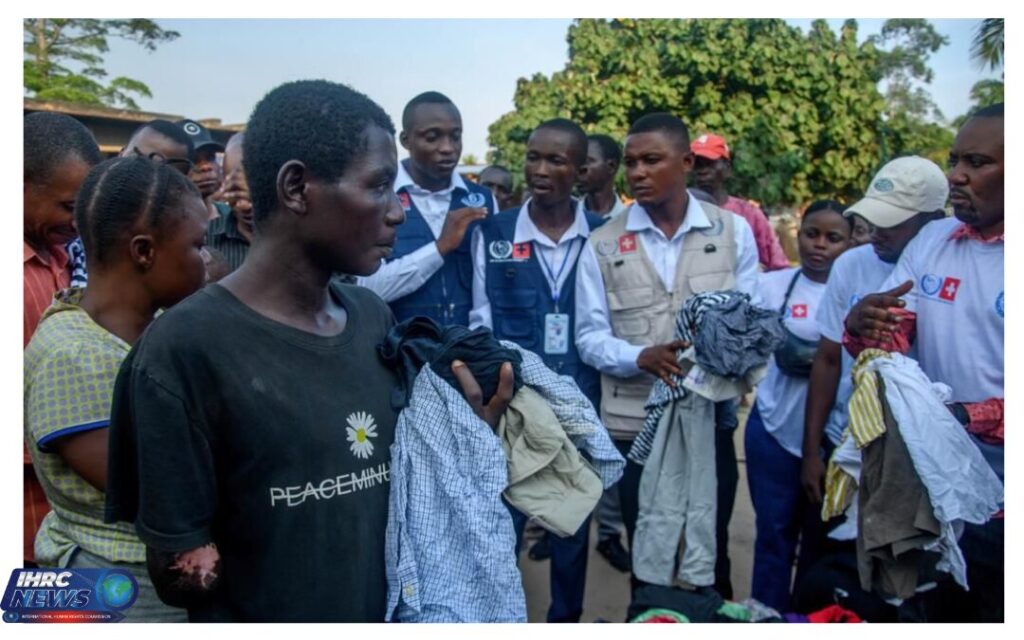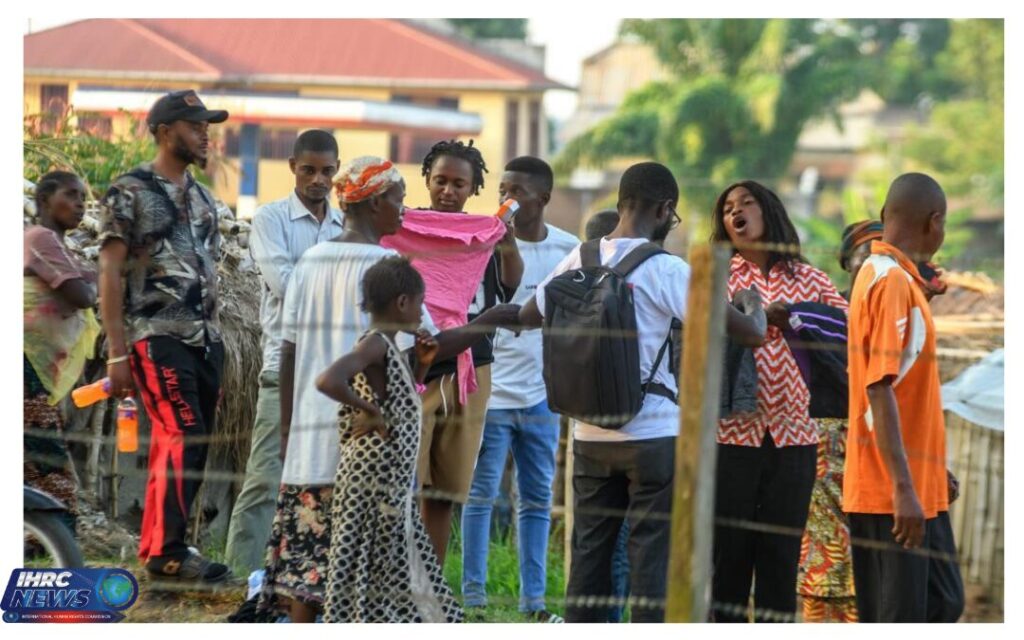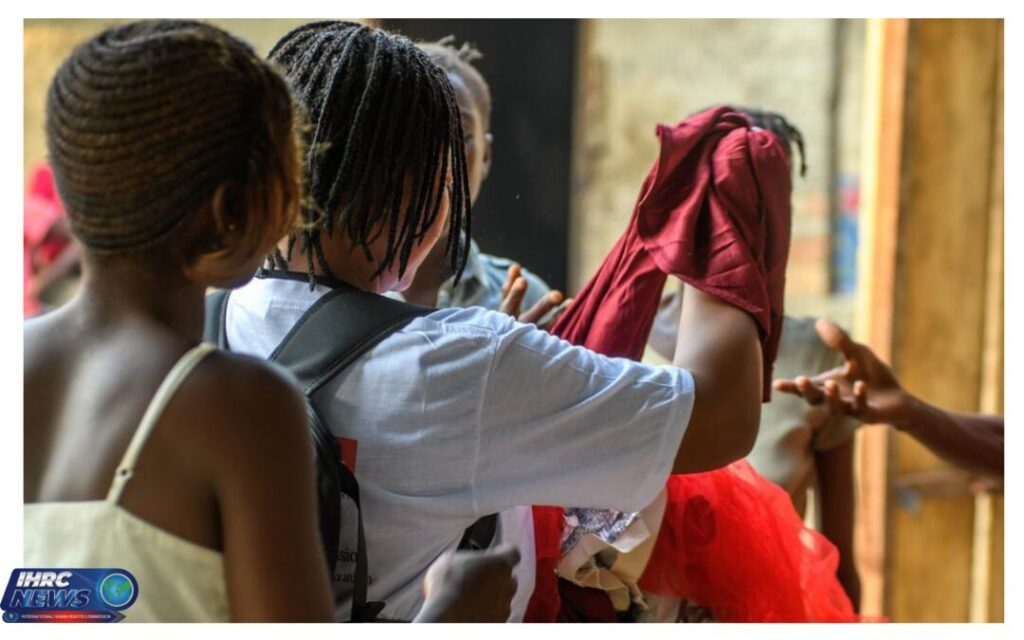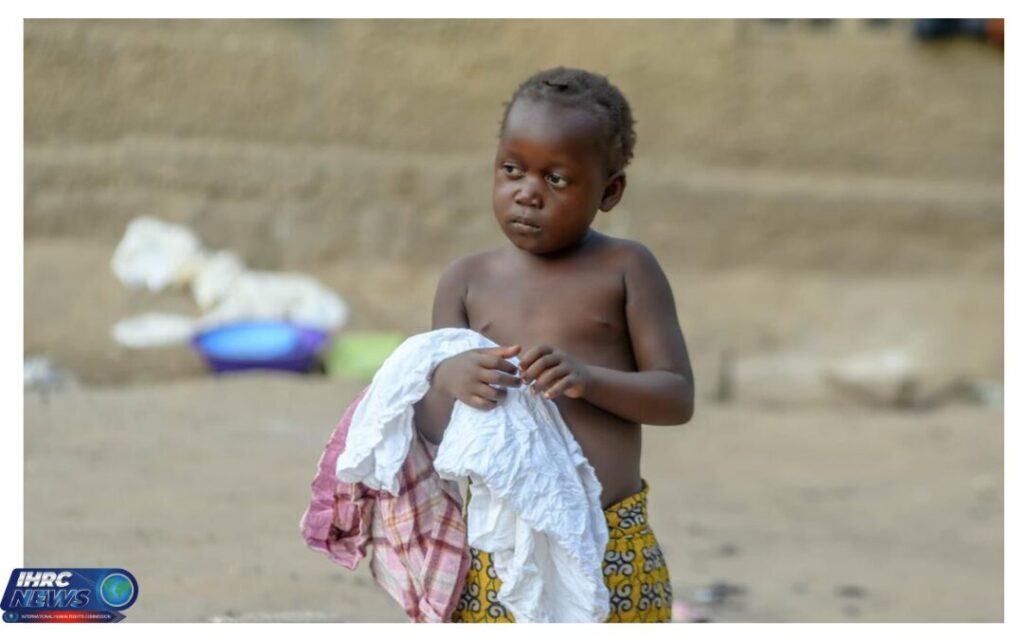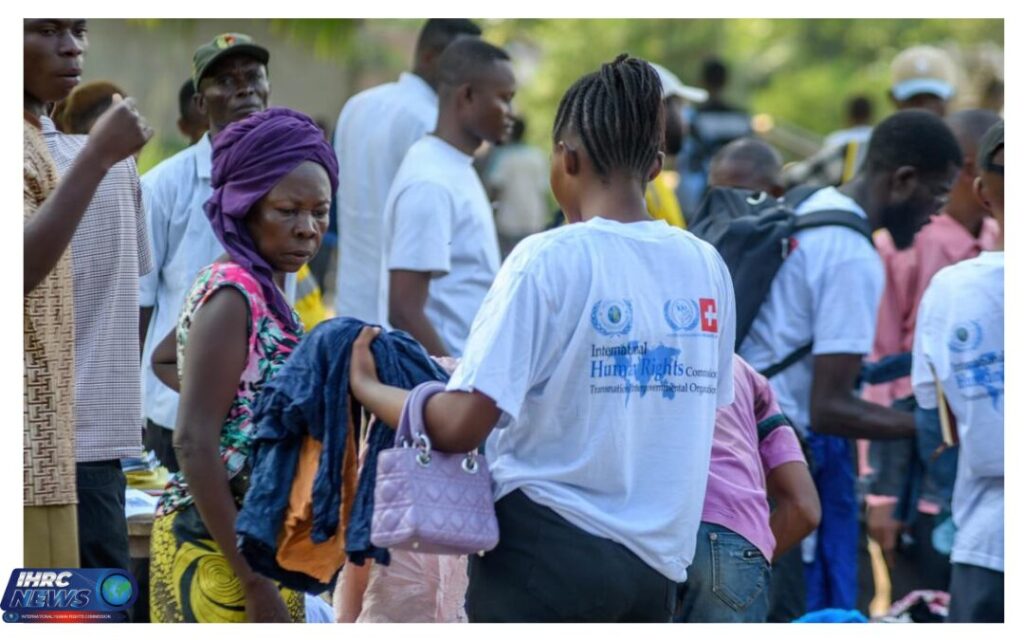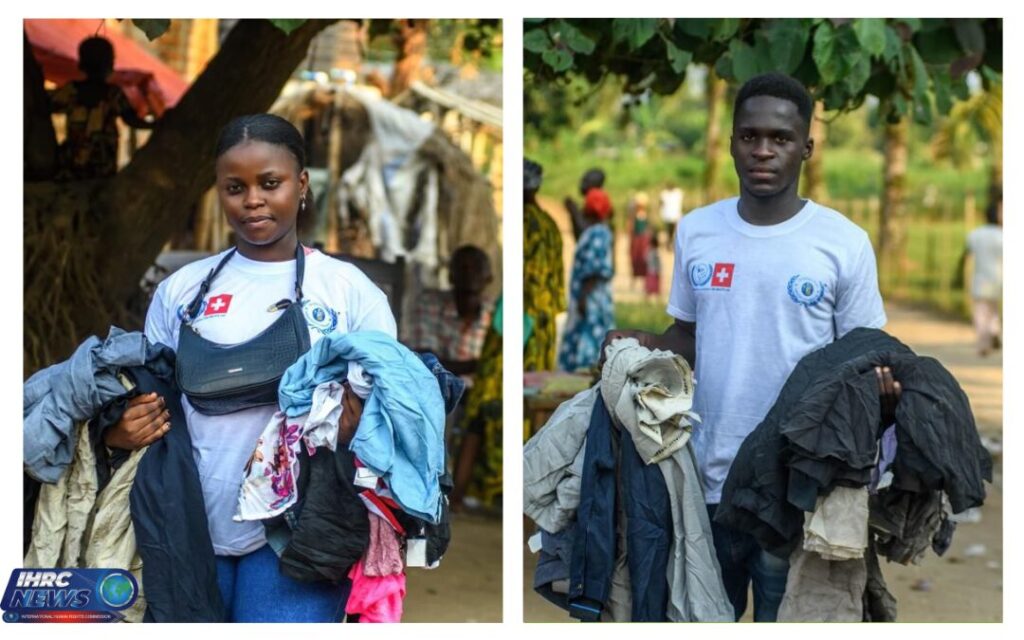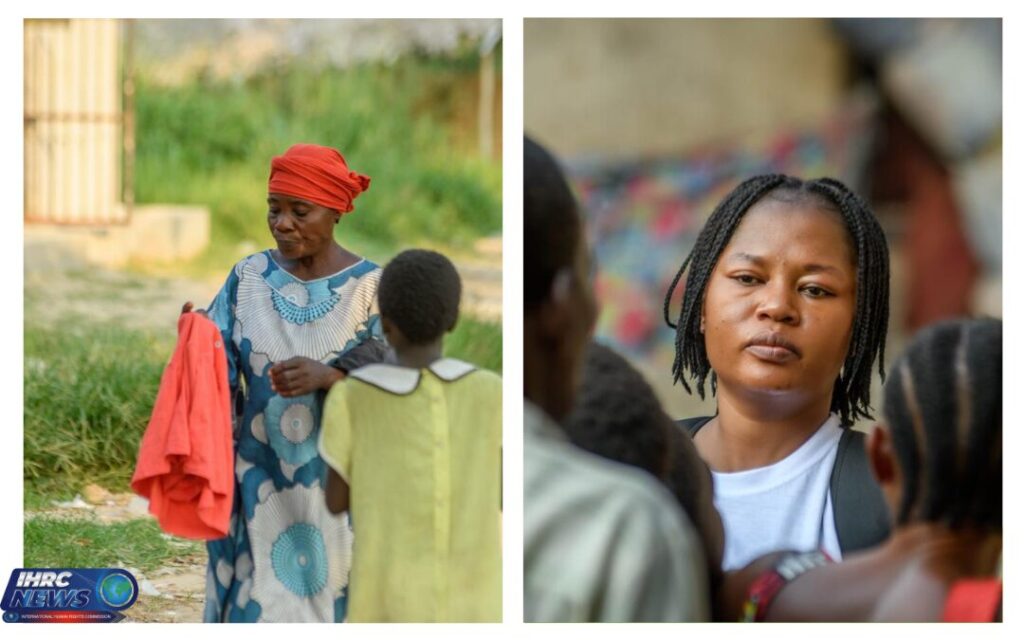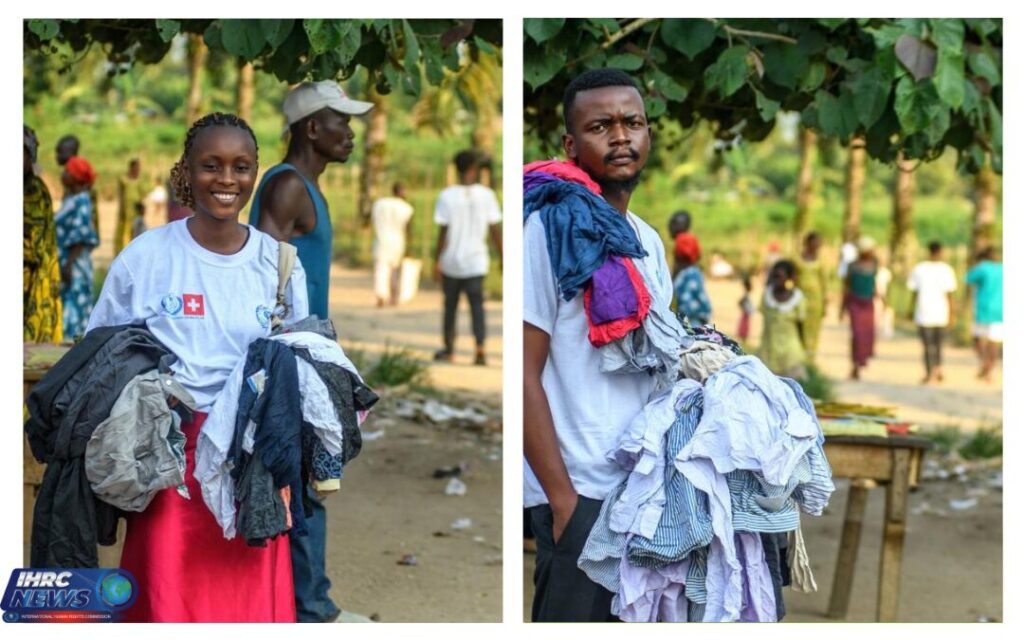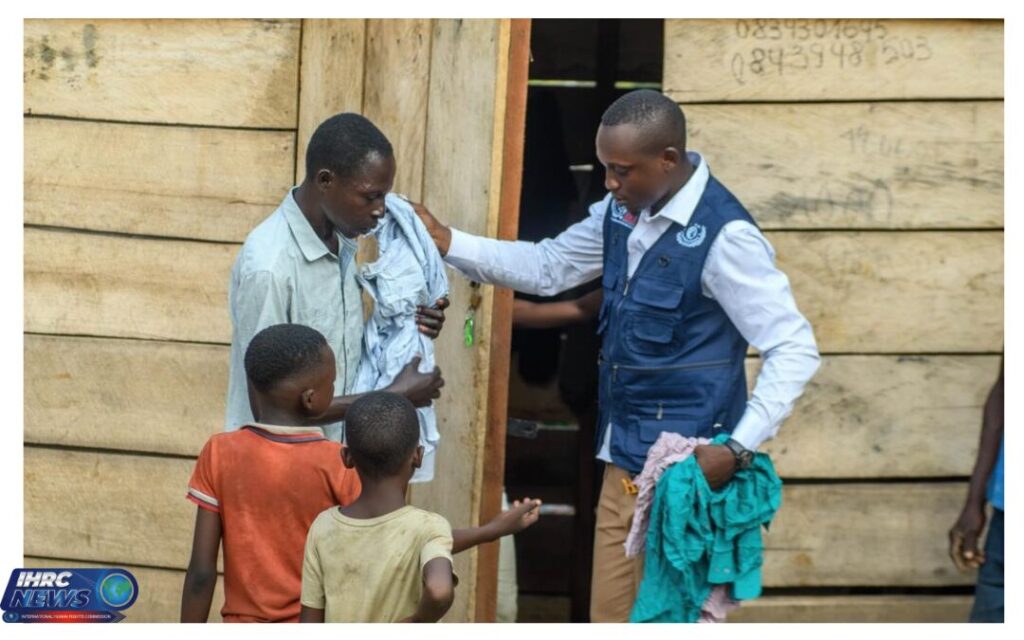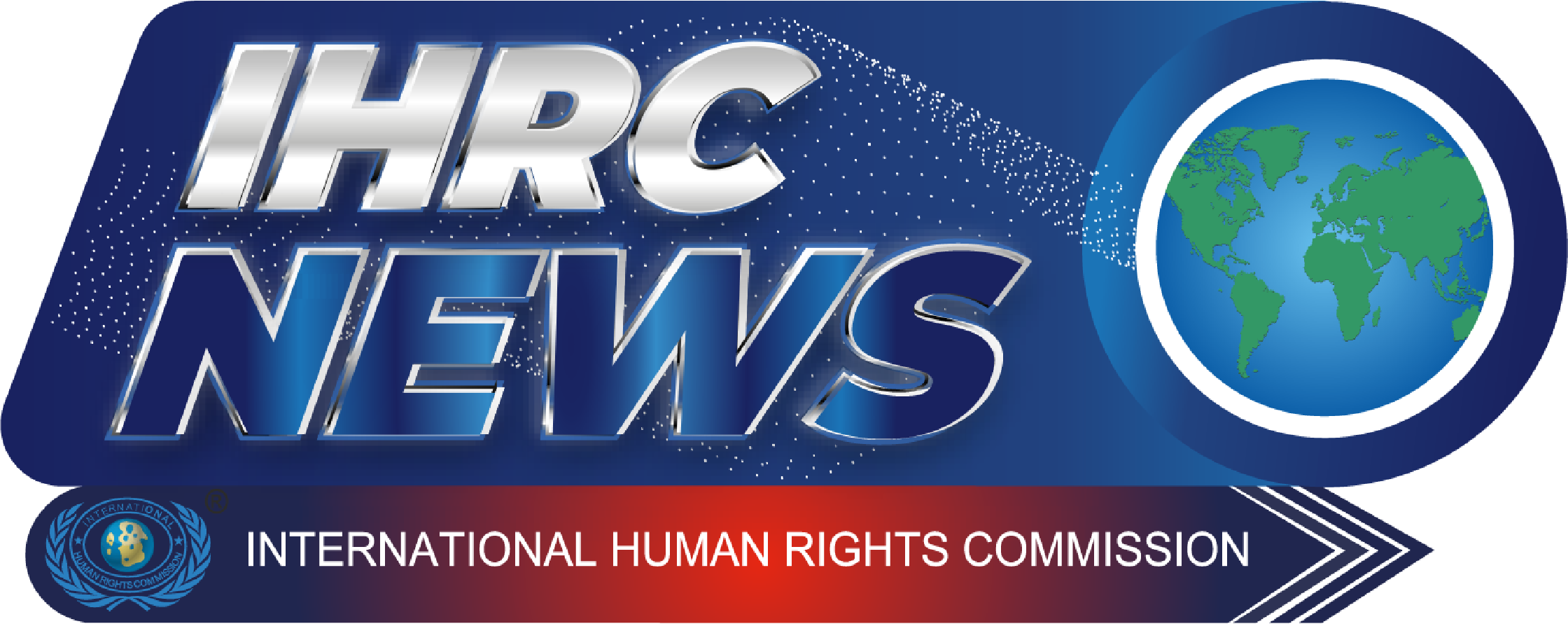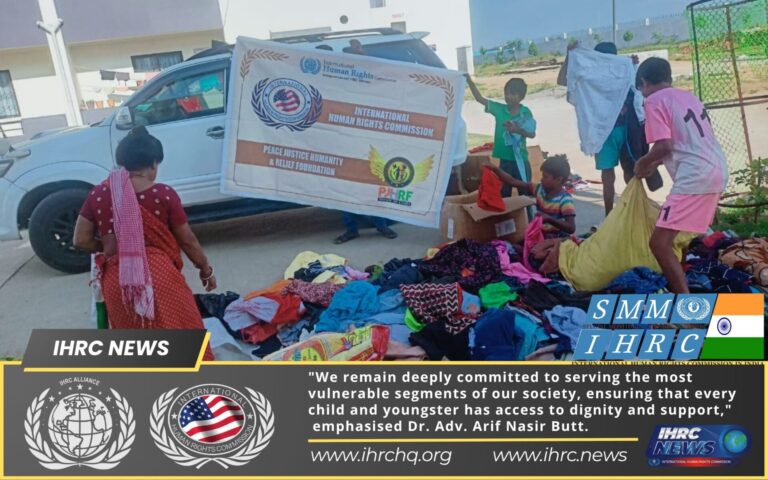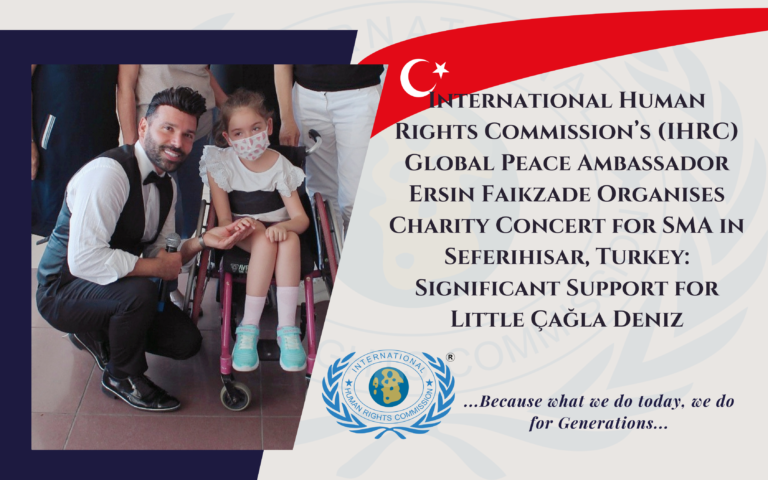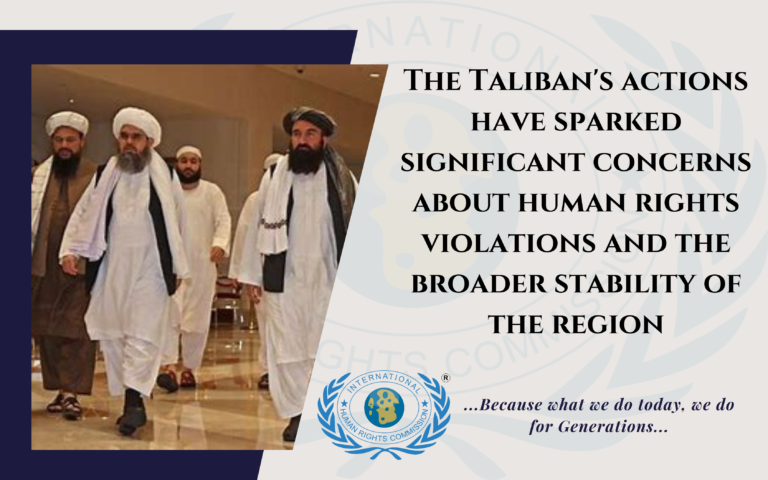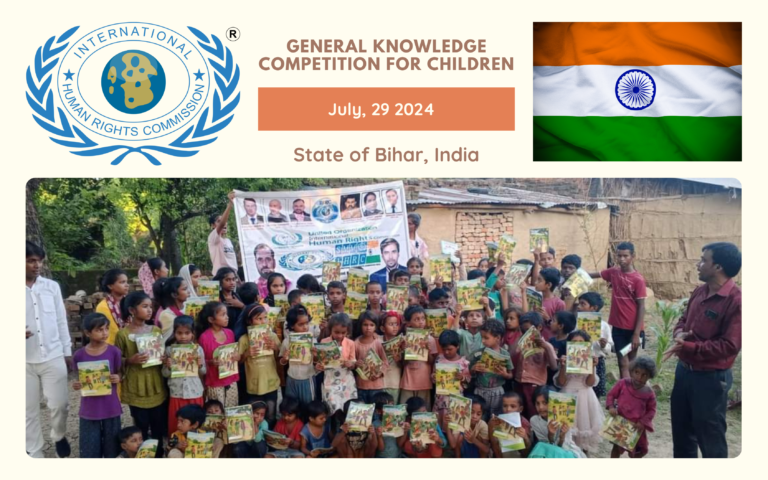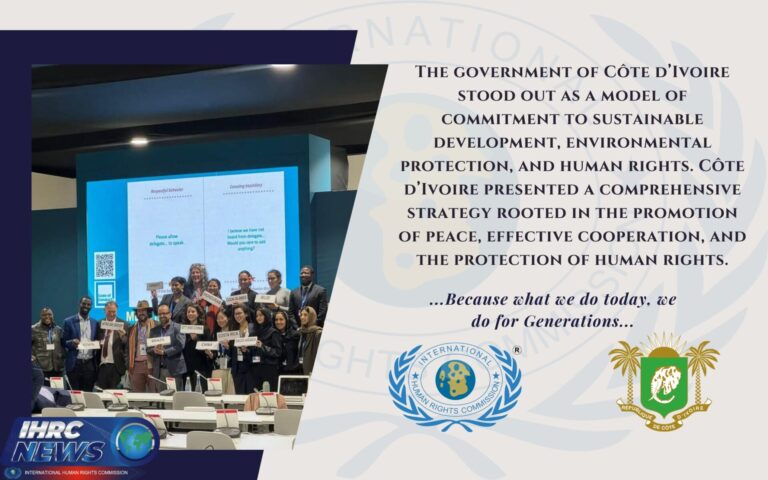On April 30, 2025, the International Human Rights Commission IHRC Corporation officially launched its humanitarian operations in the Lubunga commune, situated on the left bank of the Congo River in Kisangani, Democratic Republic of the Congo (DRC). This initiative signifies a pivotal step in IHRC’s dedication to assisting populations affected by recent intercommunal conflicts between the Mbole and Lengola ethnic groups.
A Humanitarian Response to an Acute Crisis
The violent clashes between the Mbole and Lengola communities have led to the displacement of thousands, now residing in emergency shelters such as the Sainte Marthe parish in Lubunga, Saint Gabriel parish in Simisimi, the communal office of Kisangani, and an informal site along the SEP-CONGO road.
In response, IHRC, represented by its provincial coordinator, Mr. Bertin Ndjike, organized a distribution of new and clean clothing to the displaced individuals at the Sainte Marthe parish. This action aims to address the essential needs of the victims while restoring their dignity and hope.
“We visited our brothers and sisters, parents, younger siblings who have been victims of the atrocious barbarity of a bloody conflict. As we say in Africa, one does not visit empty-handed. That’s why we delivered five bundles of clothing here at Sainte Marthe.” — Bertin Ndjike
Promoting Peace and Social Cohesion
Beyond material assistance, IHRC is actively engaged in promoting peace and reconciliation among the affected communities. Mr. Ndjike urged the displaced individuals to cultivate peace and forgiveness, essential elements for sustainable development and strengthened social cohesion.
“We thought of these friends, brothers, and sisters who have suffered these atrocities. They deserve to live in peace and social cohesion. Our actions will be continuous so that these victims can exercise their rights. The International Human Rights Commission will always stand by their side.” — Bertin Ndjike
Strengthening Presence in Tshopo Province
This initiative in Lubunga marks the beginning of a series of actions planned by IHRC in Tshopo province. Similar visits and distributions are scheduled for the sites of Saint Gabriel in Simisimi and Konga-Konga in the Kisangani commune. Through these actions, IHRC is reinforcing its presence in the region, contributing to community development and post-conflict reconstruction.
Conclusion
The commitment of the International Human Rights Commission in the DRC, particularly in the Lubunga commune, exemplifies an integrated humanitarian approach that combines material assistance with the promotion of human rights. By working towards dignity, peace, and social cohesion, IHRC positions itself as a key actor in responding to humanitarian crises in Central Africa.

